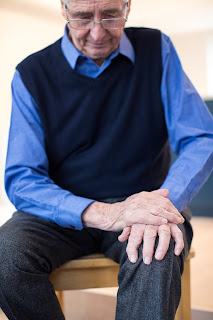BEYOND BALANCE: The Vestibular / Sensorimotor Connection

Neuroplasticity is the brain’s ability to change or adapt both physically and functionally throughout life. It is the change in morphology of neurons in response to various internal and external stimuli. “Let us assume that the persistence or repetition of a reverberatory activity (or "trace") tends to induce lasting cellular changes that add to its stability.[…] When an axon of cell A is near enough to excite a cell B and repeatedly or persistently takes part in firing it, some growth process or metabolic change takes place in one or both cells such that A's efficiency, as one of the cells firing B, is increased." ---Donald Hebb, 1949 The Organization of Behavior Current knowledge of neuroplasticity suggests that it is possible to intentionally induce morphological changes in the brain with strategies involving goal-directed experiential activities. These strategies involve repetitious stimulation of the sensorimotor system to provide the brain wit...




